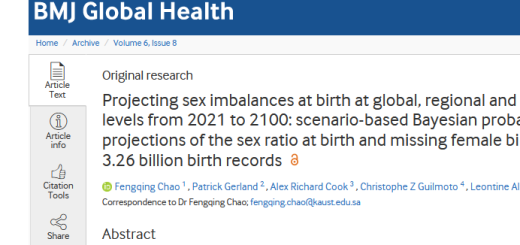[CSH Seminar] Is a neighbor’s meat another neighbor’s poison? A household and contextual analysis of meat consumption in Uttar Pradesh by Mathieu Ferry
The Centre de Sciences Humaines (CSH) is delighted to invite you to a Seminar session (n°6) on:
Is a neighbor’s meat another neighbor’s poison?
A household and contextual analysis of meat consumption in Uttar Pradesh
by
Mathieu Ferry
Monday, 11 February 2019 at 5 p.m.
[Join us for a tea and coffee at 4:30 p.m.!]
At Institut Français en Inde, Conference Room (ground floor)
2, Dr. APJ Abdul Kalam Road, New Delhi, 110011
In 2015-2016, 77% of men and 68% of women in India declared consuming meat. Meat consumption has been on the rise in the subcontinent since at least the 1980s, but its share, its frequency and its level of consumption remain much below world average. Indeed, anthropologists have long underlined the importance of religious and caste identities in food practices in India, food being an archetypical form of consumption marked by symbolic distinctions.
If caste and religion remain undoubtedly important social determinants of meat consumption, more recent literature points to the risk of assuming cultural homogeneity among socially constructed groups and outlines intra-group variations. Other key social determinants are outlined, such as social class, income, place of residence, region, gender and age. These determinants can be classified either as individual-, family- or spatial-level determinants. In this study, the aim is to take into account the different levels of analysis to assess their respective salience in meat consumption. To approach this question, multilevel analysis regressions are applied on waves 3 and 4 of the National Family Health Survey, focusing on the state of Uttar Pradesh. In doing so, I here give a special focus to the spatial determinants of meat consumption. I specifically question whether autocorrelations of meat consumption patterns are region-, neighborhood- or village-specific (using the multistage design of the sample with state, district and Primary Sample Units as units of analysis). This study hence helps us to understand the spatial context in which caste and lifestyle markers are embedded.
Keywords: meat consumption, neighborhood, village, contextual analysis, multilevel models
More info : julien {dot} levesque {at} csh-delhi {dot} com
For registration:
RSVP mentioning your full name to be sent to: neeru {dot} gohar {at} csh-delhi {dot} com
(!) All French diplomatic territories being under protection, registered persons shall not forget their ID proof to be granted access to CSH.








